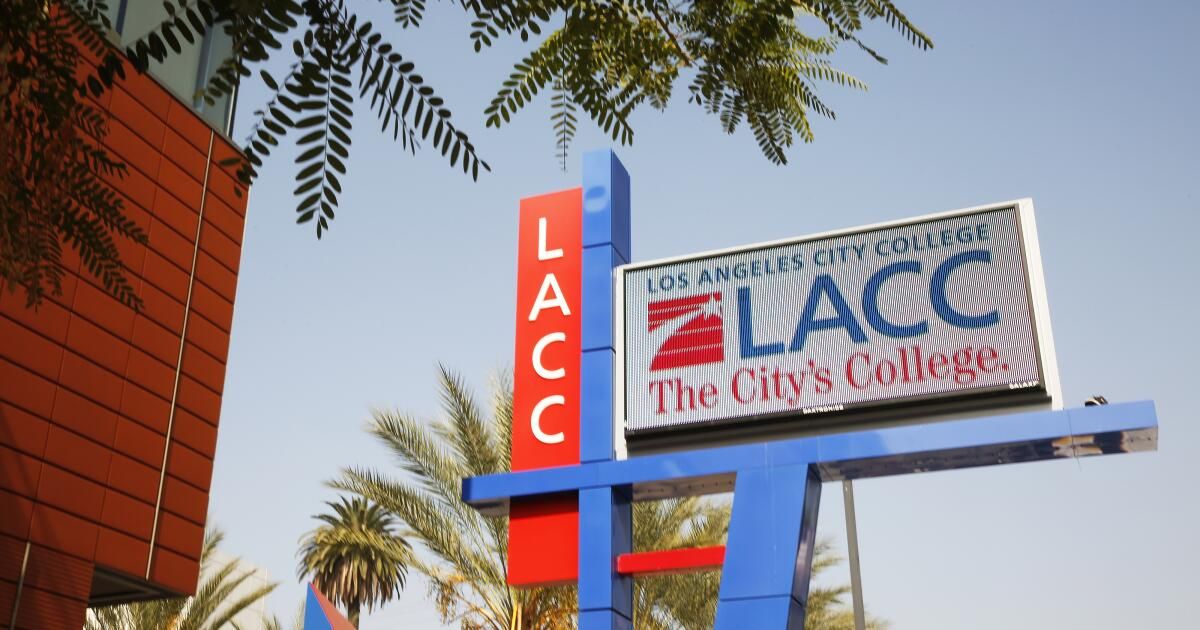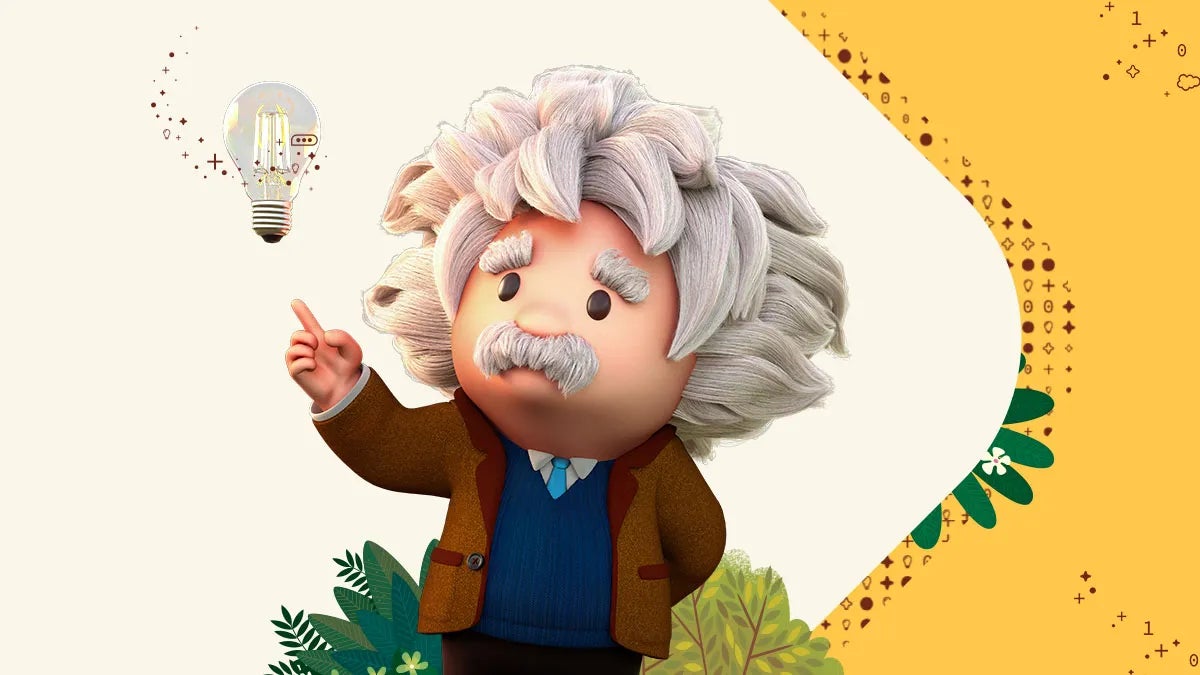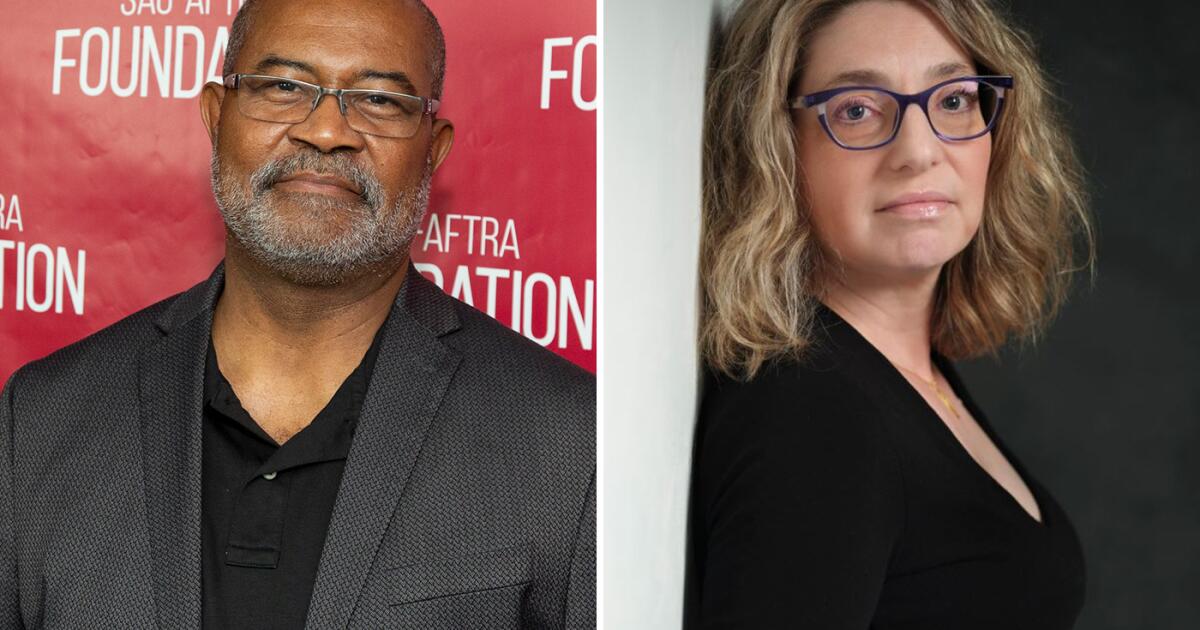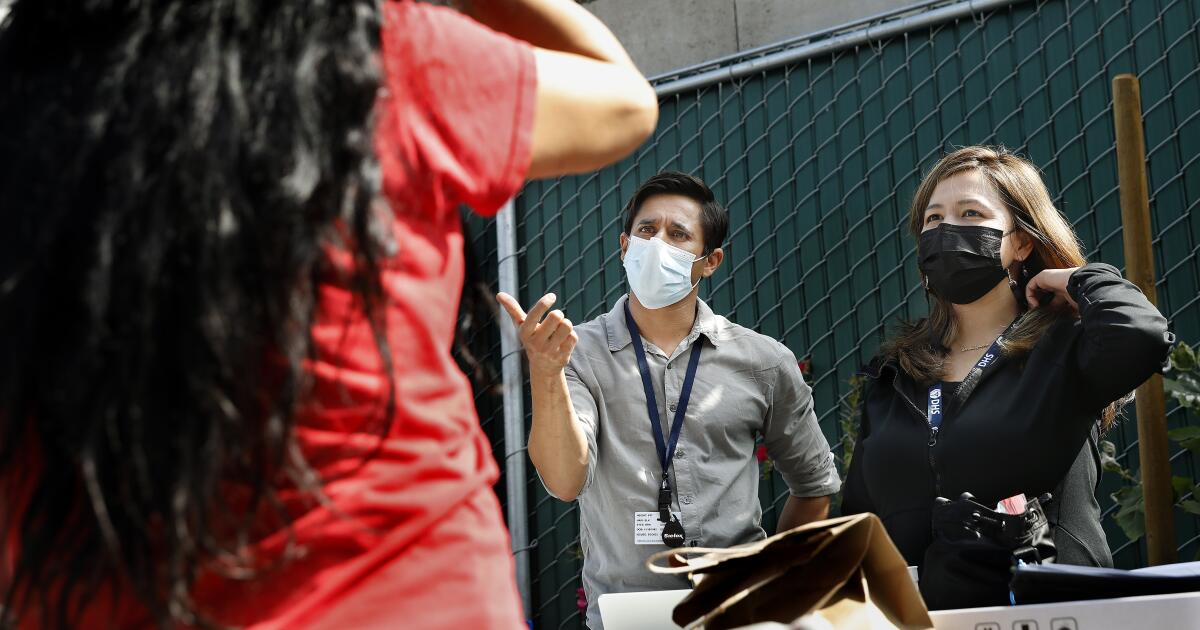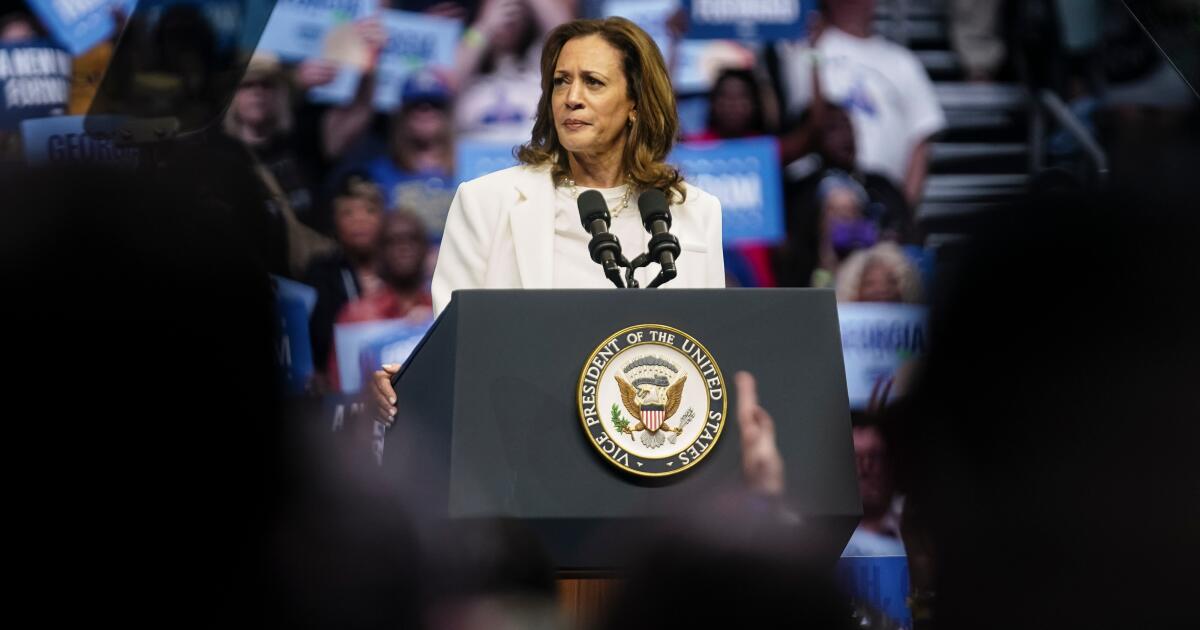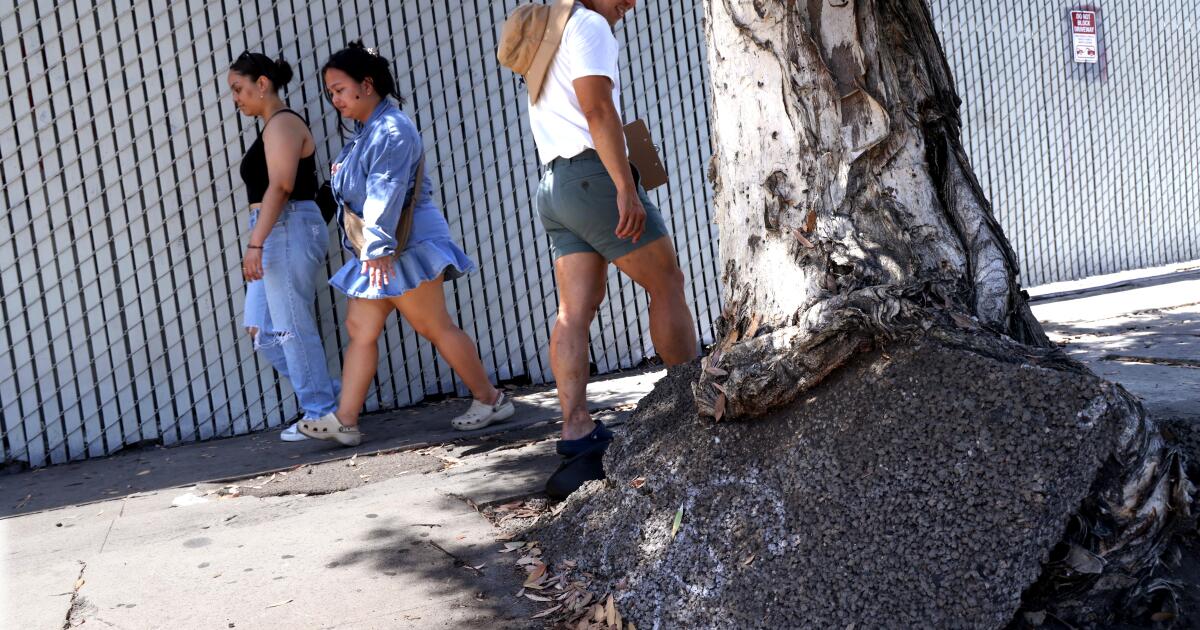Between lectures on Native American languages and an archaeological caving expedition last fall, I chatted with the fellow student sitting next to me. I knew him a little from my Introduction to Archeology class, my only course at Palomar College, a community college in northern San Diego County.
I loved the way the class opened my mind to big new questions about culture and the environment, but it was not a course that could be easily completed. The assignment included dense readings, videos, and two online quizzes. There were also two midterms, a final exam and a paper.
“It's a lot because I have a full-time job,” I said. “Me too,” she replied. He works as a chef 50 hours a week and, unlike me, he had a full four-course load.
I shouldn't have been surprised. I had already met students at Palomar who, in addition to full courses, had full-time jobs, such as working for the military or as fitness instructors. Community college may be low cost, but there are living expenses to cover, expensive textbooks to buy, and sometimes families to support. The university helps where it can, encouraging students to apply for public scholarships and connecting them to other sources of financial aid. Unlike the two four-year colleges I attended when I was much younger, the staff at Palomar College is surprisingly prompt and responsive to student inquiries, whether in person, by phone, or by email.
As a journalist, I have covered community colleges for decades: the high dropout rates, the students who arrive without knowing why they are in college and, too often, unprepared for college-level work. Those problems are still there, as are the students who need additional guidance and help to find a path to a decent future. But returning to college in Palomar last year made it clear that the picture is much more complicated. The students I have met are determined, energetic, curious and very disciplined. By the time they reach their goals of earning a certificate or degree or being accepted to a four-year university or graduate school, they are likely to have more maturity and experience than students who lived in dormitories at a private university for four years.
So when billionaires complain that they don't want their multimillion-dollar donations to go to companies like Harvard or the University of Pennsylvania because of perceived anti-Semitism, I can't help but think, “I can fix this for you! Instead of shelling out all that money to institutions with massive donations, how about we use even half of it to help these anonymous universities educate 9 million college students each year? How about providing private scholarship assistance to community college students so that perhaps they can get by with just a part-time job in addition to their full course load?
Bill Ackman, who led the charge against former Harvard president Claudine Gay, is the most vocal and visible of the super-rich pressing Harvard on the issue of anti-Semitism. But the tens of millions of dollars he has donated over the years hardly make him the biggest disgruntled donor. Billionaire businessman Len Blavatnik stopped his donations to Harvard, which had already amounted to $270 million. Hedge fund CEO Ken Griffin has spent more than $450 million on Harvard and said that while he deplores some of the anti-Israel rhetoric on campus, he will continue to donate.
Meanwhile, University of Pennsylvania donor Ross Stevens threatened to rescind a $100 million donation.
Debate on conflict continues at many American universities following Hamas' brutal attack on Israel on October 7 and the retaliation that has claimed more than 25,000 Palestinian lives. Donor involvement also raises important questions about the mega-influence of mega-donors.
These are legitimate questions to discuss. But so is the enormous opportunity gap between students at elite schools, where endowments fund prestigious professorships and build impressive structures, and students at community colleges who could contribute as much to society as an Ivy League graduate, if They had half the chance.
Educational wealth in this country is largely generational: People who attend prestigious universities are more likely to become wealthy in part due to access to educational opportunities, alumni, and other exclusive networks. And then they continue the cycle by donating to their alma mater. The wealth stays within the club.
By contrast, Cypress College in Orange County announced the largest donation in its history in October: $1.2 million for its aviation program. That's great, but barely a drop compared to the need.
One billionaire exception has been MacKenzie Scott, co-founder of Amazon and ex-wife of Jeff Bezos. In 2021, she made unrestricted gifts of between $20 million and $50 million each to 35 underserved tribal and historically black universities, community colleges, and other schools. Similar amounts of Scott have gone to several Cal State campuses and California community colleges.
And in 2020, a $100 million donation from the Jay Pritzker Foundation went to the state's community college system for scholarships to help its nearly 2 million students.
We need more donors like these: philanthropists who take their attention out of the narrow trenches of prestigious universities (Scott earned his bachelor's degree from Princeton) and look at all the places where their generosity could do the most to change the trajectory of determined and deserving scholars.

